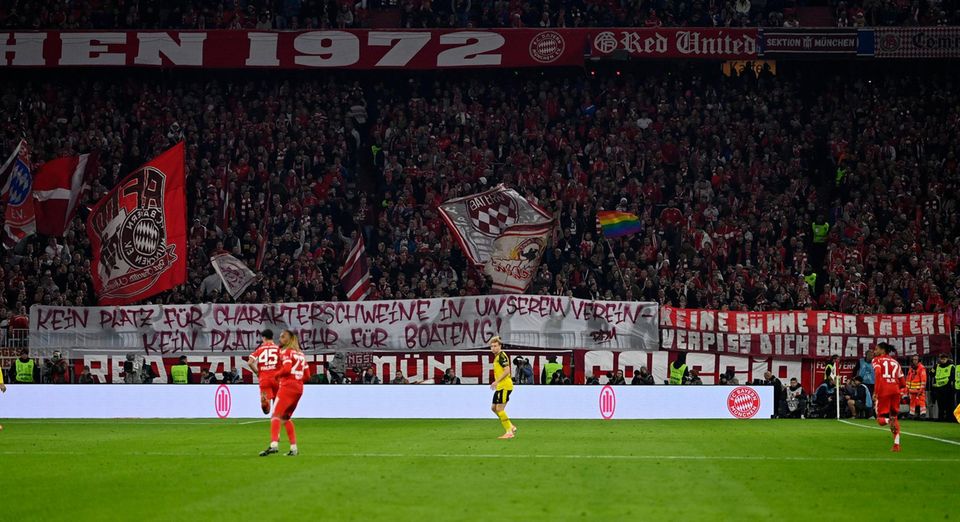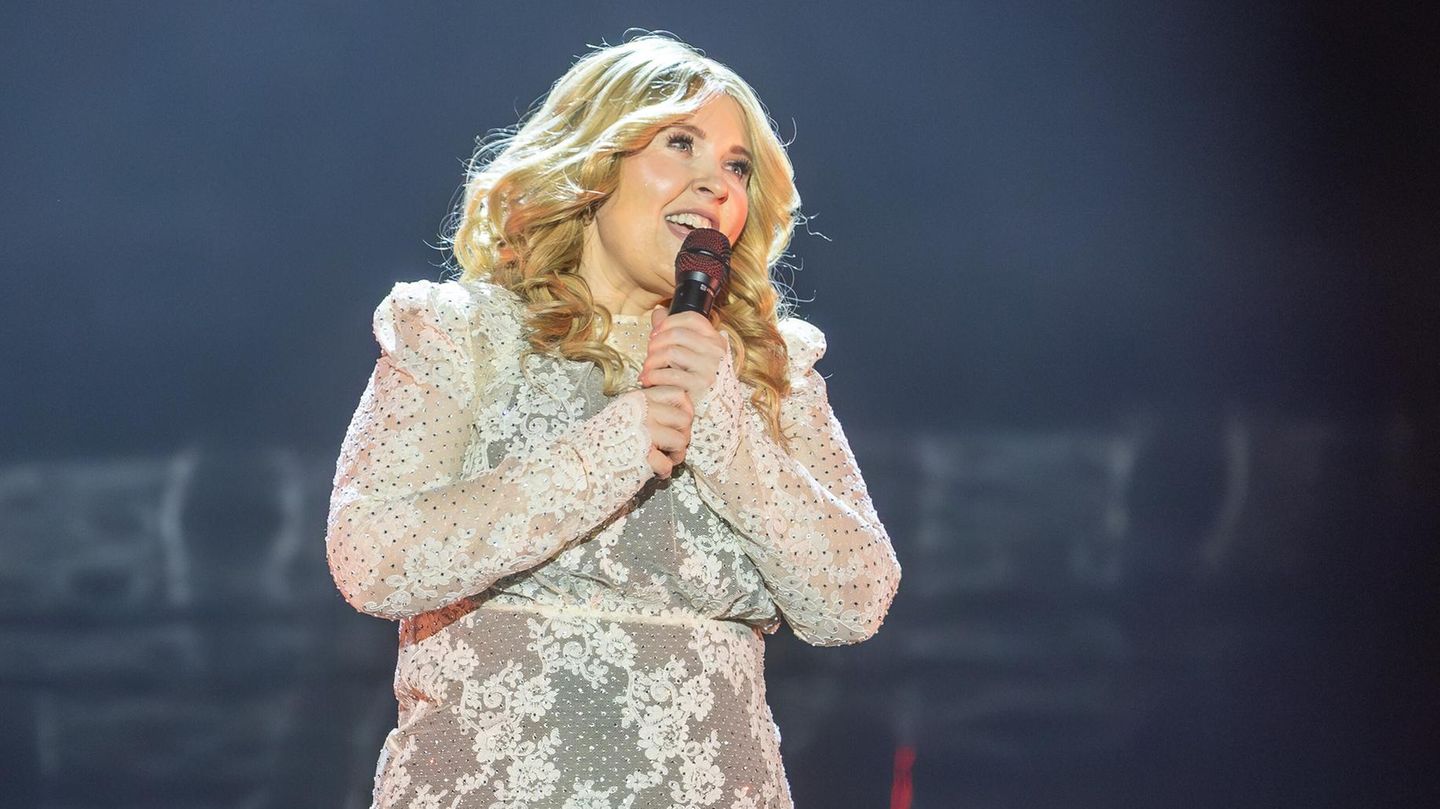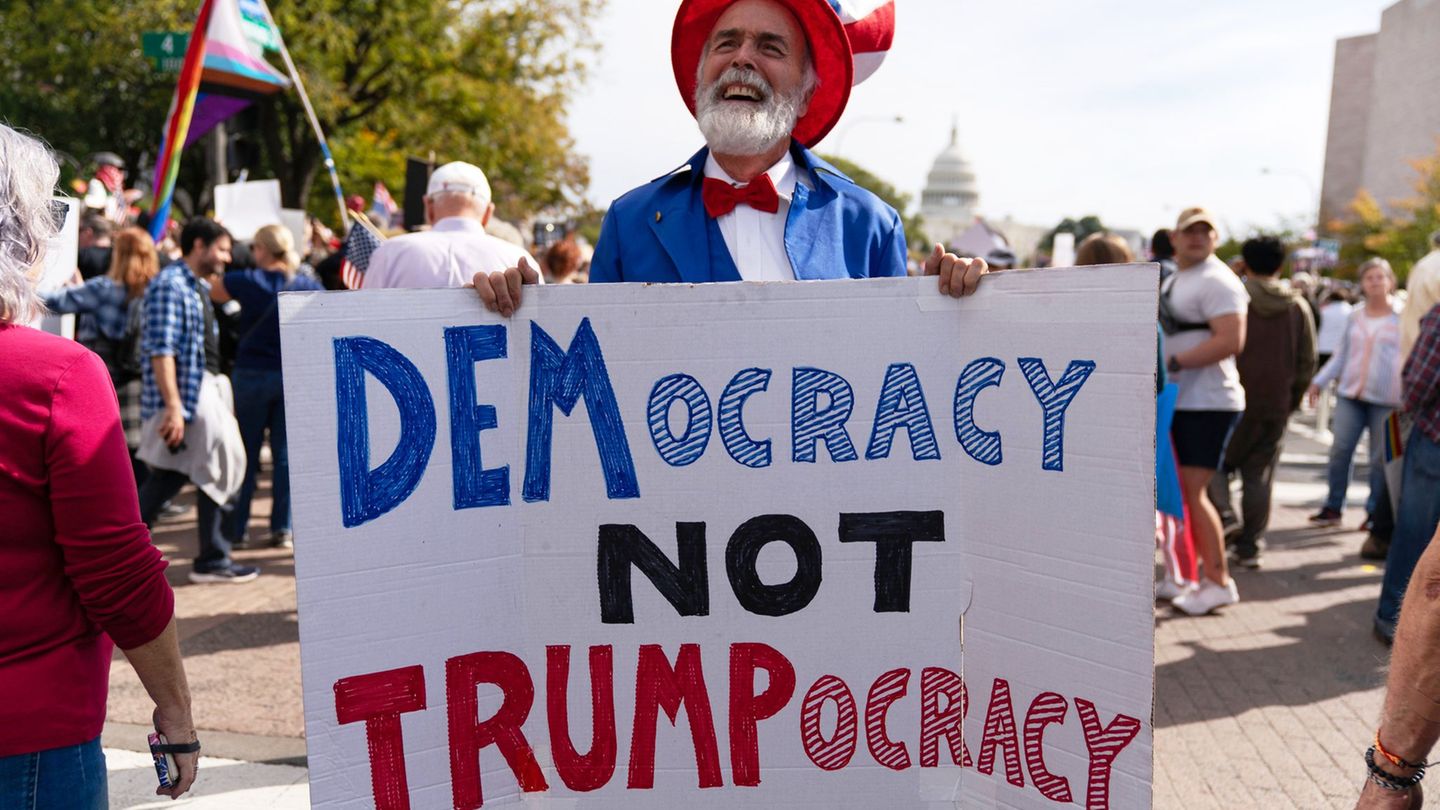“I declare José Pedro Castillo Terrones President of the Republic,” said JNE Chairman Jorge Luis Salas. The candidate from the Marxist-Leninist party Perú Libre received 50.12 percent of the vote. His opponent, the right-wing populist Keiko Fujimori, achieved 49.87 percent.
The left politician has only 44,263 votes ahead of Fujimori. The right-wing populist narrowly lost the vote to Castillo on June 6th. She then requested that thousands of votes be examined and recounted. However, she did not provide any substantiated evidence to support her allegations of fraud. Fujimori faces charges in a corruption case. Former President Alberto Fujimori’s daughter is accused of accepting money from companies for her 2011 and 2016 election campaigns. She denies the allegations.
Castillo’s election victory is a resounding slap in the face for the political elite in Lima. As an absolute outsider, he had won the first round of voting in April, and before the start of his campaign, the 51-year-old did not even have a Twitter account. He comes from a farming family in the province of Chota in the north of the country and led a teachers’ strike in 2017. The government accused him of connections to sympathizers of the left rebel group Shining Path. In his youth, however, he is said to have belonged to a peasant self-defense organization to protect against the rebels.
Little is known about his political beliefs and his government team. He announced that in the event of an election victory, he would build a socialist state, control the media and abolish the constitutional court. During the election campaign, he also campaigned for constitutional reform, the restructuring of the pension system and the nationalization of the gas industry.
The stock exchanges collapsed after the first signs of the victory of the left-wing candidate. After Castillo’s triumph, observers fear capital flight by foreign investors. Up until now, Peru was considered to be extremely liberal in the region. The future president’s economic advisors quickly tried to assure that Castillo had more in common with Brazil’s ex-president Luiz Inácio Lula da Silva than with Venezuela’s ex-socialist head of state Hugo Chavez.
Actually, Castillo was a stopgap solution. He was only chosen as the top candidate of the Marxist-Leninist party Perú Libre because party leader Vladimir Cerrón was not allowed to run due to a conviction for corruption.
Castillo represents rural Peru, people far away from the urban centers, said the political scientist Gonzalo Gang of the newspaper “El Comercio”. Farmers and indigenous people in particular have barely benefited from the considerable economic growth in Peru in recent years and often continue to live in abject poverty. Castillo rode a horse to election campaign dates in villages, repeatedly dressed in traditional clothing with a wide-brimmed hat and poncho.
In addition, he must have benefited from the fact that many Peruvians harbor a deep dislike for the ex-president Alberto Fujimori, from whose politics daughter Keiko has never seriously distanced herself. The former ruler is serving a 25-year prison sentence for serious human rights violations. During his tenure (1990 to 2000), Fujimori security forces took rigorous action against left and allegedly subversive forces, and parliament was ousted. In addition, tens of thousands of indigenous women were forcibly sterilized.
After the parents’ divorce, Keiko Fujimori was considered the first lady for years and accompanied her father on numerous trips abroad. In the event of an election victory, she wanted to pardon her father.
But even if Castillo and Fujimori stand for opposing extremes on the political scale, they are not far apart in their socio-political views: Castillo also represents a conservative view of the family and is against same-sex marriages and abortion. Just like his neoliberal opponent, he relies on the exploitation of natural resources and does not attach great importance to the protection of the environment or human rights.
The challenges for the new president are enormous: Peru is suffering particularly badly from the corona pandemic. It is one of the countries with the highest mortality rate in the world, and the economy collapsed by 12.9 percent. In the interior of the country, splinter groups of the guerrilla organization Sendero Luminoso (Shining Path) are still active.
Last year was also marked by a bitter conflict between the government and Congress. Although Castillos Perú Libre is the strongest party in parliament, it does not have a majority of its own. The congress has far-reaching rights in Peru, the parliamentarians chased three presidents from office since 2018. Should Castillo not succeed in integrating large parts of the fragmented party landscape, the next trial of strength should not be long in coming.




